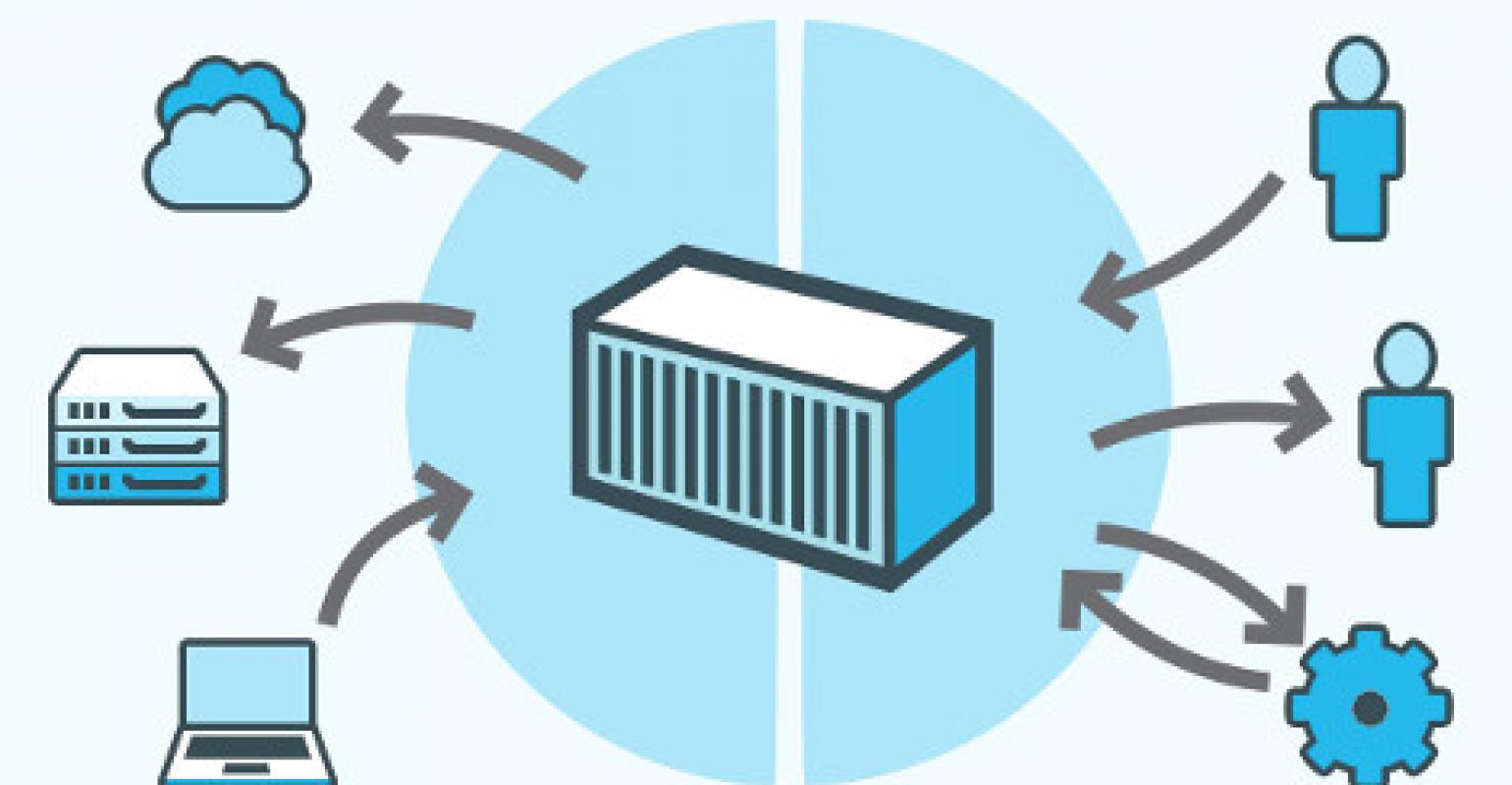
In today’s modern IT infrastructure and Web Domain and Hosting, two powerful technologies have emerged, transforming how we deploy and manage applications: Virtualisation and Containerisation.
Although both technologies serve the purpose of running multiple Virtual Server machines and applications on a single physical server, they do so in different ways.
In this article, let’s explore the difference between Containerisation and Virtualisation so you can implement the right technology in your organisation.
Virtualisation: A Brief Overview
Virtualisation technology has been a game changer in the IT industry for years. It enables you to run several virtual machines (VMs) on one physical server.
Each VM operates in an isolated environment replicating a complete hardware setup, including its own operating system (OS).
Containerisation: A Brief Overview
On the other hand, Containerisation is a newer technology that has become increasingly popular, especially in modern application development and deployment scenarios.
It is a form of Virtualisation that lets you package applications and their dependencies into containers. Containers share the host operating system’s kernel but have separate user spaces, which makes them more efficient and portable.
Table: Virtualisation vs. Containerisation
| Aspect | Virtualisation | Containerisation |
| Isolation | Full isolation: Each virtual machine (VM) runs a separate OS, providing strong isolation between applications. | Lightweight isolation: Containers share the host OS kernel, offering efficient resource usage but weaker isolation. |
| Resource Overhead | Higher resource overhead: VMs consume more resources due to running separate OS instances. | Lower resource overhead: Containers are more lightweight, sharing the host OS kernel. |
| Startup Time | Longer startup time: VMs take longer to start as they require booting an entire OS. | Almost instant startup: Containers quickly start since they don’t need to boot an OS. |
| Resource Utilisation | Less efficient resource utilisation: VMs may waste resources by allocating fixed amounts of CPU and RAM. | Efficient resource utilisation: Containers use only the resources needed, allowing for higher density. |
| Portability | Good portability: VMs can run on various hypervisors but may require conversion. | Excellent portability: Containers can run consistently across different environments with ease. |
| Scaling | Typically slower scaling: VMs are bulkier, making scaling up or down slower. | Faster scaling: Containers can be quickly created or destroyed, enabling rapid scaling. |
| Security | Stronger security: VMs offer stronger isolation, making them better for multi-tenant environments. | Weaker security: Containers are more susceptible to security breaches if not configured properly. |
| Management | More complex management: VMs require management of both the VMs and the host OS. | Simpler management: Containers are easier to manage, with a focus on application-level configurations. |
Choosing the Right Tool for Your Needs
So, when should you opt for Virtualisation versus Containerisation? The answer depends on your use case and requirements.
- Virtualisation is a great option if you’re looking for isolation running workloads with different operating system requirements or operating in a secure multi-tenant environment.
- On the other hand, Containerisation is ideal when you want to make the most of your resources, deploy and scale quickly, and build cloud-native or microservices architecture applications.
In Summary
Virtualisation and Containerisation are two technologies with strengths and weaknesses. Ultimately, the choice between the two depends on your needs.
However, many organisations nowadays are adopting a combination of both to take advantage of the benefits offered by each technology.
Therefore, it is crucial to understand the differences between Virtualisation and Containerisation to choose according to your IT infrastructure.
